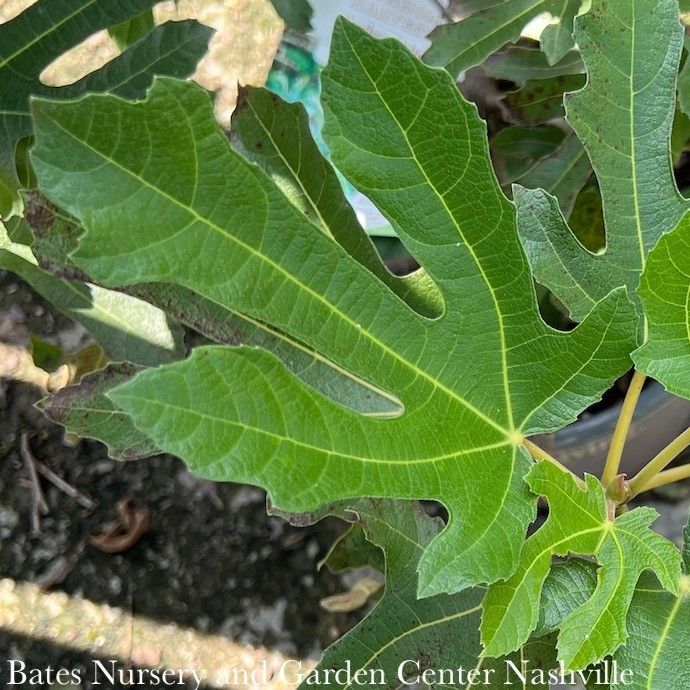Edible #3 Ficus carica SL Little Miss Figgy/ Dwarf Fig - No Warranty
SKU GL07411031
$31.99
Check in Store
was $39.99
Check in Store
Save this product for later
Edible #3 Ficus carica SL Little Miss Figgy/ Dwarf Fig - No Warranty
Product Details
SCIENTIFIC NAME: Ficus carica ‘Little Miss Figgy’ PP27929
COMMON NAME: DownHome Harvest® Little Miss Figgy Fig
GARDEN SIZE: 4–8 feet tall and 3–4 feet wide
GROWTH RATE: Moderate
USDA ZONE: 7a-10b (hardy to about 0–10°F)
EXPOSURE: Full Sun, but with protection from wind
WATER & SOIL: Prefers well-drained soil with moderate fertility. Water deeply but infrequently, allowing the soil to dry slightly between waterings. Once established, figs are drought-tolerant but benefit from consistent moisture during fruit development. Avoid waterlogged conditions.
HABIT (FORM): Compact, upright, dwarf deciduous shrub or small tree
FOLIAGE: Deciduous; Green
FLOWERS: Inconspicuous, hidden in the fruit.
FRUIT: Abundant dark purple figs with sweet flesh; produces crops in spring and again in fall
POLLENIZATION: Self-fertile
PLANT ORIGIN: Through parts of the Mediterranean and western Asia.
WILDLIFE SUPPORT: Offers some shelter and occasional nesting spots for birds and small mammals. While not a significant host or food source for local insects, its ripe fruits may be eaten by birds or other wildlife.
FERTILIZING: Apply a light feeding of compost or a balanced organic fertilizer in late winter or early spring to support healthy growth, fruit production, and winter resilience.
PRUNING: Requires little pruning; in early spring, remove any dead, damaged, or winter-killed branches to encourage healthy new growth.
TOXICITY: The ripe fruits are widely eaten by humans. The leaves, stems, and sap (latex) of the plant, along with the unripe fruits can be mildy toxic for pets and humans.
USES: Grown for edible fruits.
Display prices in:USD

